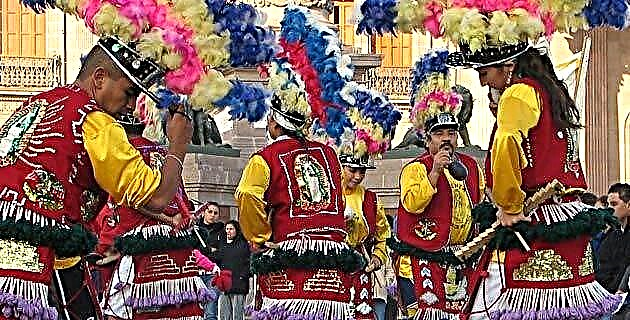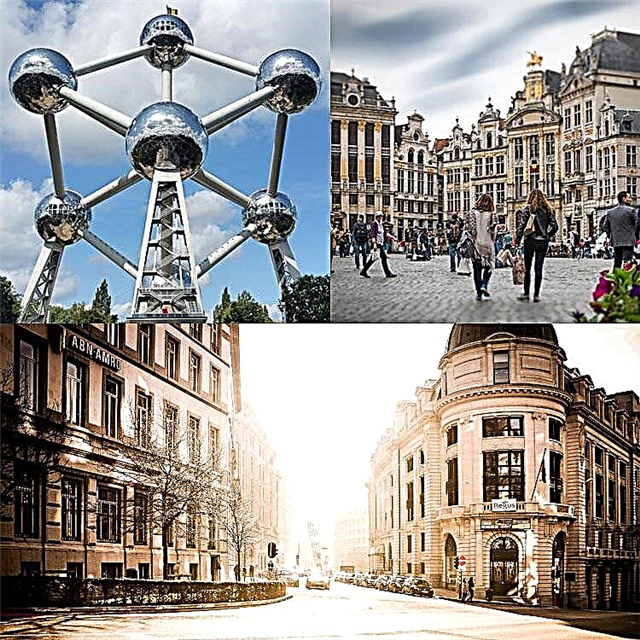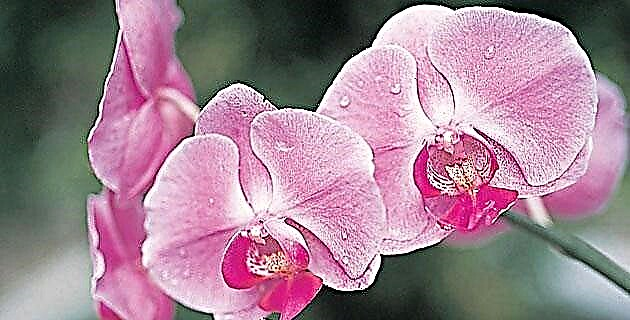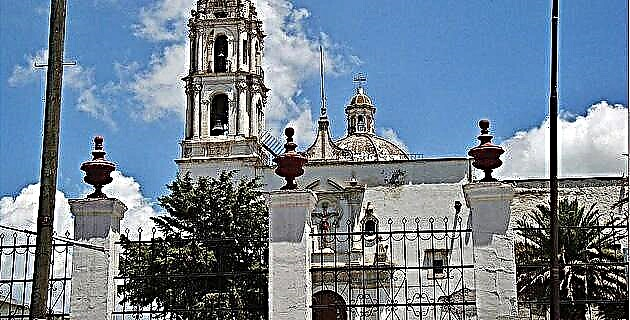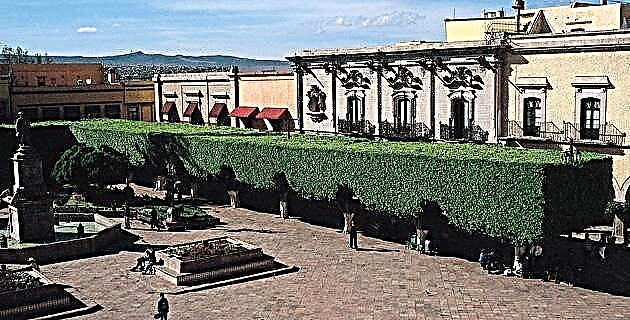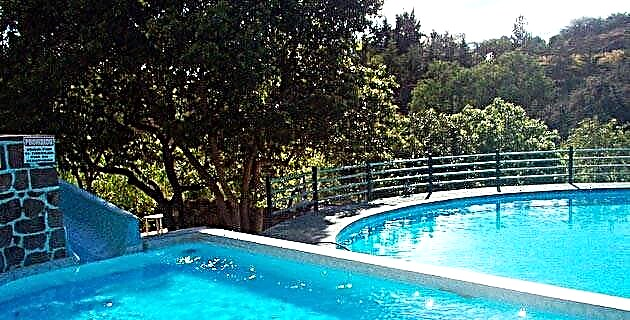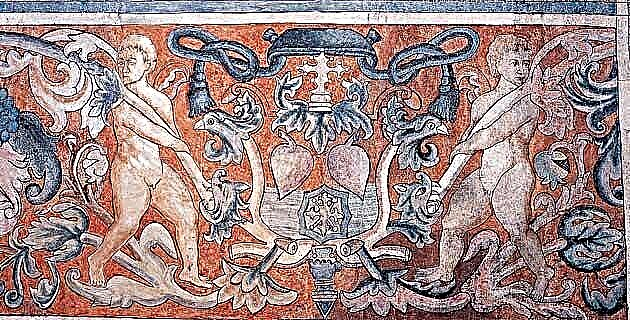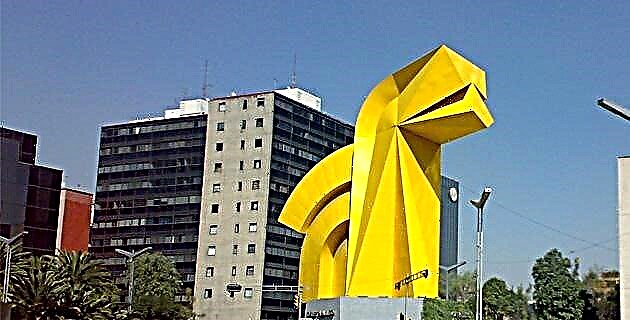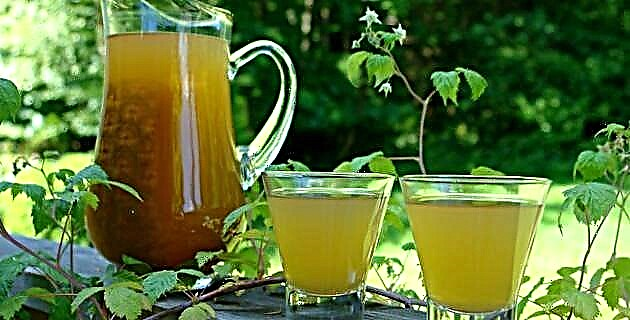
The brandy can be cane, grain or fruit and is used abundantly in mixtures.
Cane brandy was associated in the early days of the Colony with the black population that worked on the sugar estates. The brandy was his drink, as the wine corresponded to the Spaniards and pulque to the Indians.
During colonial times, both mezcal and spirits were produced illegally, since the latter was imported from Spain and their native manufacture was prohibited. The European brandy used to be grape; that of the country, made of cane. Chinguirito was made with fine Castile brandy: with fermented honey, bran and water, brandy was added and distilled. The guarapo was also made from cane liquor.
The chinguirito criollo was made with cane honey. If pulque was sold publicly, the chinguirito circulated clandestinely. Don Artemio del Valle Arizpe tells us that in the 18th century it was sold on the very portals of the Royal Palace, before it was renovated by Viceroy Revillagigedo. They had this prohibition special judges who tried the transgressors of the regulation, in charge of abolishing their production. The people called them "captains of the chinguirito."
The production of alcohol and brandy flourished in hot land: on all the farms, all the sugar cane faeces that could not be crystallized were converted into alcohol. Next to the sugar mill there was a distillery, which produced for local consumption and for the smuggling network, very important in the Colony.
Guillermo Prieto narrates in his Memoirs the remarkable hygiene of the fermentation vats of a farm in Morelos, more than a century ago, as well as the modern alembic technique installed by its owner and the number of workers, woodcutters and farmers that the incipient industry used.
As the sugar technology was modernized and the waste of unusable honeys decreased, the alcohol industry also specialized. Between 1878 and 1893, 14 million liters of cane liquor were produced. At the end of the century, they began to invest in plantations, benefits and industrialization of all alcoholic beverages. Among the so-called spirituous waters that are nothing but flavored and sweetened brandy we have the cordial water, the divine water, the golden water and the lavender.
In Chiapas you drink “chicha”, cane juice fermented with bran, and elpox. The latter is made with panela, corn dough and water, then fermented and finally distilled. The must is boiled with ring bark, xaxib. To distill it, a tambo with gaskets, a pitcher and reeds, some tube streamers are used to cool it. This, when the stills are from the Indians. The Ladinos produce it in a less artisanal way and sell it to the Indians.
It does not wear a “doll” like elcomiteco (yeast or meat), which is also given mead. Sometimes it has chili. The steam reaches the pitcher and from there it passes to the tecomate and through the reed it passes to the serpentine which is submerged in running water. After an hour and a half of boiling, a trickle begins to come out. The head and tail are useless, they are court. This is cast into a very fine cloth.
Posh is hot, it is used in ceremonies. Warms the heart. Medicines and remedies are also called posh.

